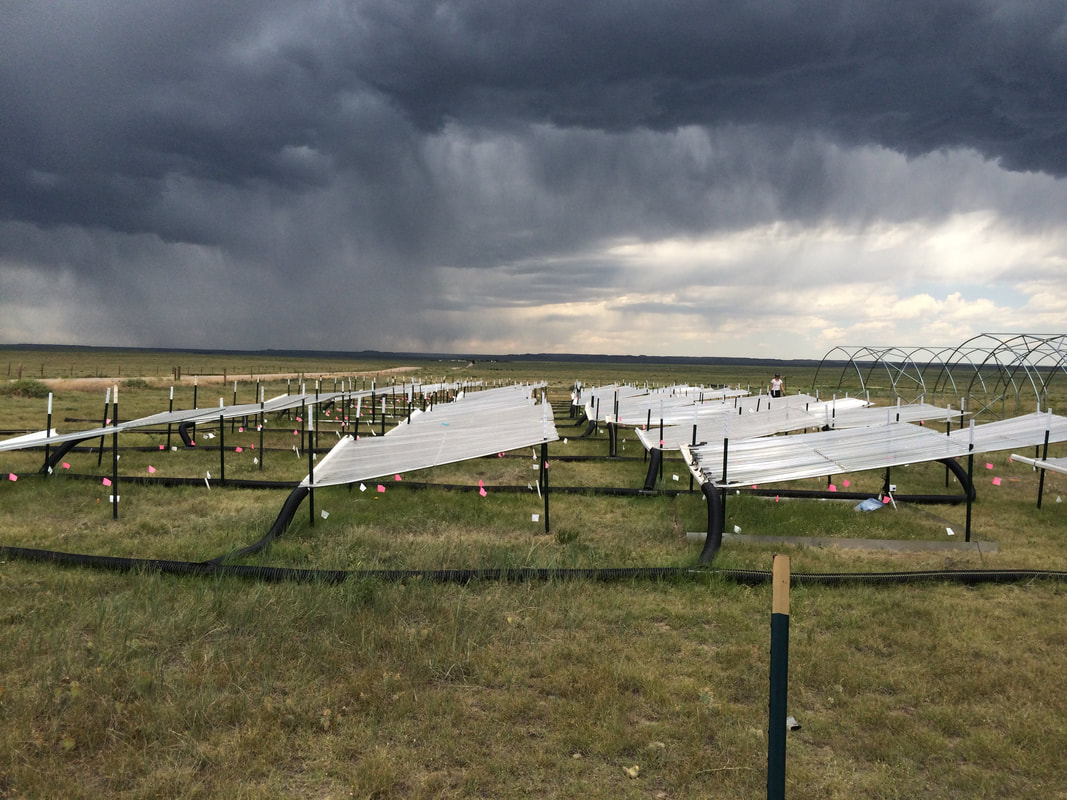Our research vision is to collaboratively advance our understanding of the mechanisms underpinning differential sensitivity of natural and agricultural ecosystems to increasing climatic variability and extremes, and to use this understanding to inform mitigation and adaptation strategies
The historic raising of the Phenocam at our local research site, Red Bluff.




